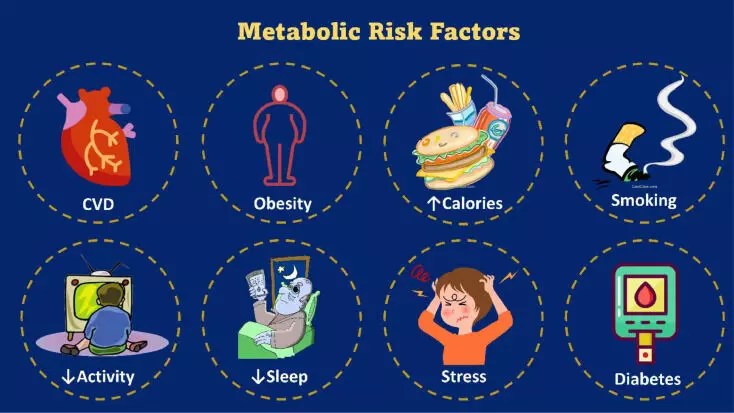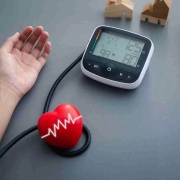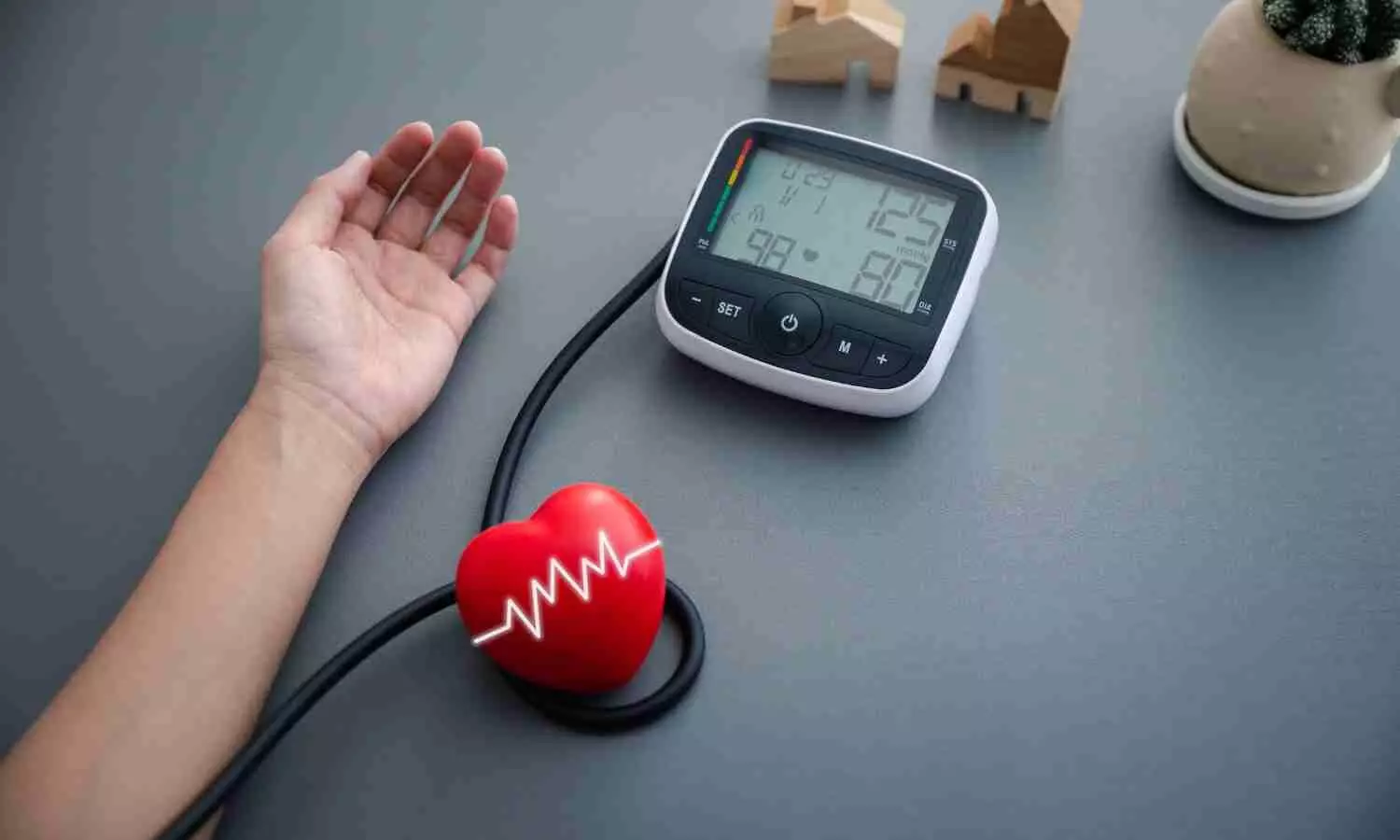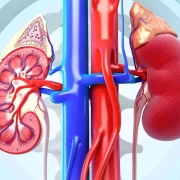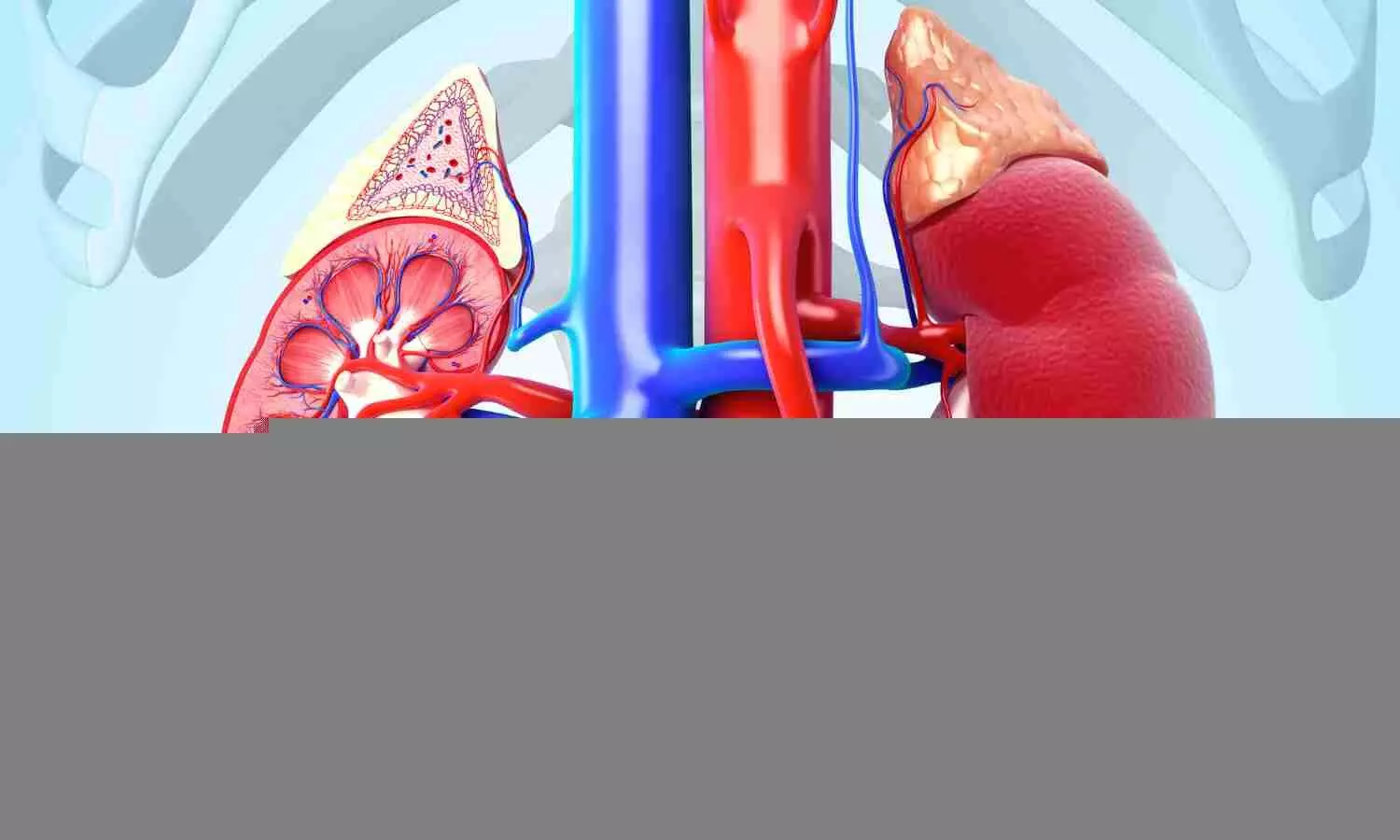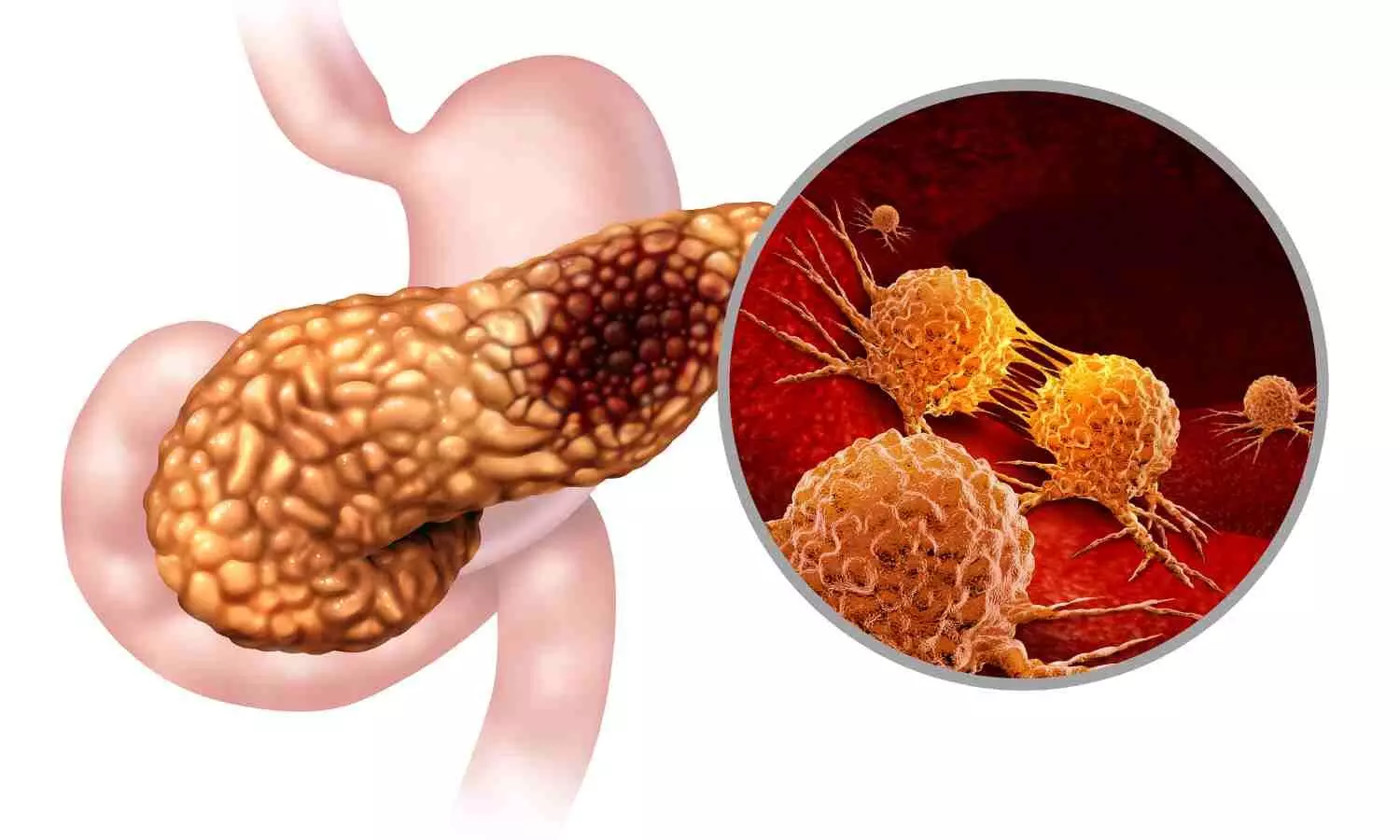Understanding the Role of Gut Microbes in Parkinson’s Disease: Dr Poonam Chandrashekhar Awatare

The past 25 years have witnessed a concerning rise
in Parkinson’s Disease (PD) prevalence worldwide. Recent data suggest an 81%
increase in the incidence of PD – a neurodegenerative disorder between 2000 and
2019.
The 2019 estimate also says approximately 5.8 million individuals are
living with PD with significant disability caused by the disease impacting
their adjusted years of living.
Additionally, an alarming 3.2 million deaths
have been associated with PD in 2019 alone, which is a striking 100% rise since
the turn of the millennium. This information underscores the need for increased
awareness and effective interventions to address the growing impact of Parkinson’s
Disease.
The
increased prevalence of PD is due to:
- Increasing awareness about symptoms – Over the years, there has
been an increase in general awareness about the symptoms that has led to
more and more people reporting to clinicians and getting diagnosed with
PD. - Improved access to care – There have been tremendous advancements
in medical and healthcare, providing people with better access to care,
contributing to more and more people living with PD for extended years. - Longevity – The average onset of PD is around 60 years and above.
With improved access to healthcare, there has been a generalized increase
in the lifespan globally. Hence, the percentage of the population in the
age group prone to PD has also increased. - Environmental factors such as exposure to the use of toxins and
chemicals in pesticides and herbicides - Genetic factors
- Increased incidence of head injuries
Recent research has also put forth various
hypotheses establishing the role of commensal gut bacteria in the development
of PD. These studies state that commensal gut bacteria have a connection with
the brain and contribute to neurodevelopment, brain function, and health.This
bi-directional communication between the gut and brain is often referred to as
the microbiome-gut-brain axis.
Microbes in the gut lumen can promote
inflammatory pathways, cause damage to enterocytes, and compromise gut
epithelial barrier integrity, leading to a leaky gut and release of bacterial
metabolites like lipopolysaccharides.
The bacterial metabolites can translocate
from the gut lumen to the bloodstream, compromise the gut lumen, and cause
systemic and neuro-inflammation in the brain.They can also cross the
blood-brain barrier, enter the brain, and release various cytokines and
chemokines that promote inflammation, forming the pathological foundation for
PD.
Immunoreactive alpha-synuclein aggregates that are
pathognomic for PD, are also found in peripheral endo-neuronal system in the
intestine, supporting the theory of gut role in PD.
Misfolded alpha-synuclein
may be induced by microbes at the intersection of the gut lumen and endoneurial
system and may propagate to neurons in the brain through the vagus nerve. All
these hypotheses suggest there might be a gut relationship for the pathogenesis
of Parkinson’s disease.
Management
of Parkinson’s Disease
Since PD is a neurodegenerative disease, it has no
definitive treatment or cure. However, the progression of symptoms can be
controlled with medical interventions. Intervening with prokinetics is one such
medical management that helps reverse the gut microbe dysbiosis (reduction in
the gut-friendly microbes) to improve gut health and promote the prevention of
bacterial translocation, reduction of system and neuronal inflammation, and
thereby, contribute to the prevention of PD.
Likewise, some precautions can help prevent PD or
slow the progression of symptoms including:
- Avoiding the use of or exposure to pesticides and herbicides
- Using organic food and increasing consumption of fresh and raw
green vegetables in the regular diet - Adopting a healthy diet, avoiding canned fried foods, and regular
or diet soda - Increased intake of omega-3 and vitamin D supplements
- Maintenance of a good gut system with intake of probiotics
- Regular aerobic exercises
- Physical and emotional
stress management
Disclaimer: The views expressed in this article are of the author and not of Medical Dialogues. The Editorial/Content team of Medical Dialogues has not contributed to the writing/editing/packaging of this article.
Powered by WPeMatico











